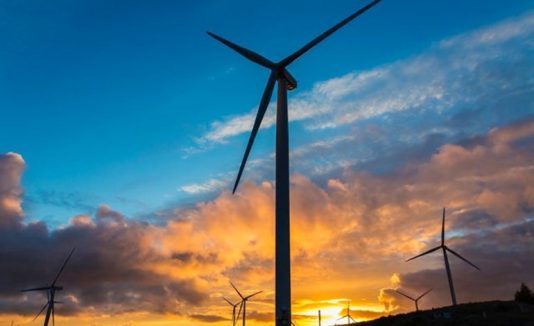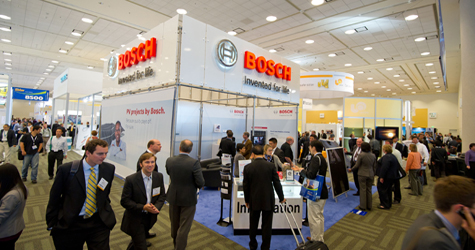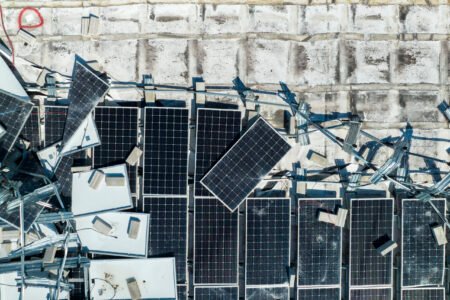After months of negotiations, the governor of Washington state has given final approval for a revised plan for the 1150MW Horse Heaven clean energy project.
Developer Scout Clean Energy had initially proposed the project in 2021.
It had hoped to build 350MW of wind power capacity alongside solar and storage. The wind project would have been Washington’s largest wind farm. Scout Clean Energy had initially sought to use 222 wind turbines at the $1.7 billion project.
As many as 192 turbines could now be built under the revised plan, said an Energy Facility Site Evaluation Council (EFSEC) spokesman.
State officials almost halved the scale of Scout’s original project in a bid to mitigate impacts on endangered birds and Native American interests, but Democrat governor Jay Inslee has now signed off on a project close to the size originally suggested by Scout.
The project can now move to construction, said the EFSEC spokesman. But Scout has not yet signed off on the revised plan. It is not clear if Scout will proceed with the project.
Following Inslee’s recent decision, a technical advisory committee must address the siting of each of the project’s turbines on a case-by-case basis for possible impacts on nesting ferruginous hawks, which are endangered.
The revised plan also requires that Scout come up with a mitigation plan if a turbine is proposed within 3.2km of ferruginous hawk nests.
In a letter accompanying his approval, Inslee admonished state officials to move quickly on the project. The state has “urgent clean energy needs,” he said. “Timely and efficient action by the EFSEC is essential to our mission to mitigate the impacts of climate change and provide adequate green energy alternatives.”
Scout did not respond to requests from Windpower Monthly for comment. But president and CEO Michael Rucker told Capital Press after Inslee’s decision: “As we evaluate the conditions, we will decide soon on the future of the Horse Heaven Clean Energy Centre.”
Earlier this year, Scout had said that too many restrictions could kill the project[1].
The restrictions in the plan halving the project were “unsupported by scientific or any other evidence in the record and would render the project both technically and economically nonviable without substantial amendment to the application,” wrote Rucker at the time.
Washington has committed to reducing emissions 45% below 1990 levels by 2030, 70% by 2040 and 95% by 2050. All electric utilities serving retail customers in the state are to be greenhouse gas neutral by 2030.
References
- ^ kill the project (www.windpowermonthly.com)











